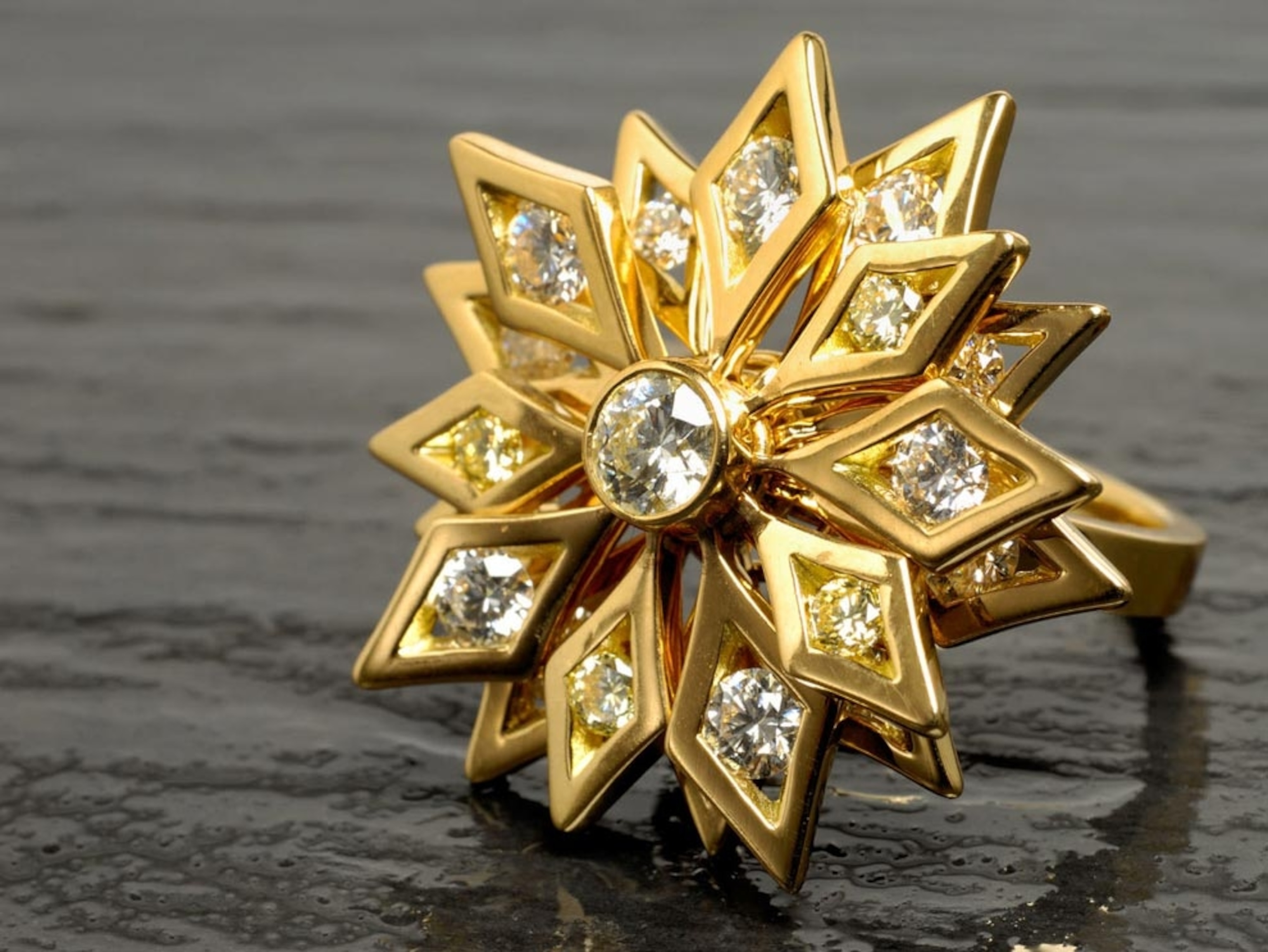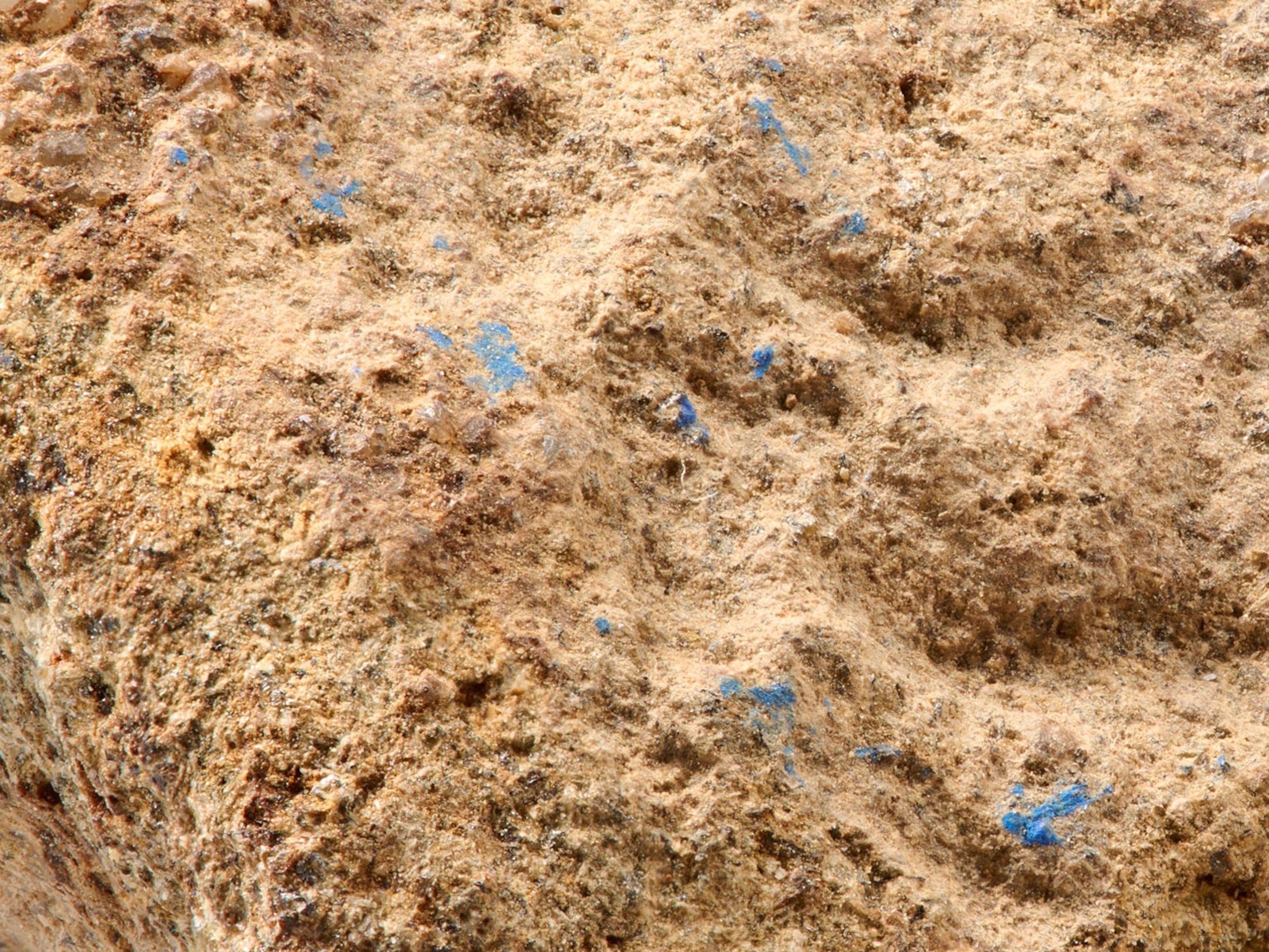It's "the Sistine Chapel of crystals," says Juan Manuel García- Ruiz.
The geologist announced this week that he and a team of researchers have unlocked the mystery of just how the minerals in Mexico's Cueva de los Cristales (Cave of Crystals) achieved their monumental forms.
Buried a thousand feet (300 meters) below Naica mountain in the Chihuahuan Desert, the cave was discovered by two miners excavating a new tunnel for the Industrias Peñoles company in 2000.
The cave contains some of the largest natural crystals ever found: translucent gypsum beams measuring up to 36 feet (11 meters) long and weighing up to 55 tons.
"It's a natural marvel," said García-Ruiz, of the University of Granada in Spain.
To learn how the crystals grew to such gigantic sizes, García-Ruiz studied tiny pockets of fluid trapped inside.
The crystals, he said, thrived because they were submerged in mineral-rich water with a very narrow, stable temperature range—around 136 degrees Fahrenheit (58 degrees Celsius).
At this temperature the mineral anhydrite, which was abundant in the water, dissolved into gypsum, a soft mineral that can take the form of the crystals in the Naica cave.
The new findings appear in the April issue of the journal Geology.
Volcanic Activity
The mining complex in Naica contains some of the world's largest deposits of silver, zinc, and lead.
In 1910 miners discovered another spectacular cavern beneath Naica.
Its walls studded with crystal "daggers," the Cave of Swords is closer to the surface, at a depth of nearly 400 feet (120 meters).
While there are more crystals in the upper cave, they are far smaller, typically about a yard (a meter) long.
Nearly the Size of a Basketball Court
The Cave of Crystals is a horseshoe-shaped cavity in limestone rock about 30 feet (10 meters) wide and 90 feet (30 meters) long.
Its floor is covered in crystalline, perfectly faceted blocks. The huge crystal beams jut out from both the blocks and the floor.
"There is no other place on the planet where the mineral world reveals itself in such beauty," García-Ruiz said.
Volcanic activity that began about 26 million years ago created Naica mountain and filled it with high-temperature anhydrite, which is the anhydrous—lacking water—form of gypsum.
Anhydrite is stable above 136 degrees Fahrenheit (58 degrees Celsius). Below that temperature gypsum is the stable form.
When magma underneath the mountain cooled and the temperature dropped below 58 degrees Celsius, the anhydrite began to dissolve. The anhydrite slowly enriched the waters with sulfate and calcium molecules, which for millions of years have been deposited in the caves in the form of huge selenite gypsum crystals.
"There is no limit to the size a crystal can reach," García-Ruiz said.
But, he said, for the Cave of Crystals to have grown such gigantic crystals, it must have been kept just below the anhydrite-gypsum transition temperature for many hundreds of thousands of years.
In the upper cave, by contrast, this transition temperature may have fallen much more rapidly, leading to the formation of smaller crystals.
To Reflood or Not to Reflood
While the chance of this set of conditions occurring on other places in the world is remote, García-Ruiz expects that there are other caves and caverns at Naica containing similarly large crystals.
"The caves containing larger crystals will be located in deeper levels with temperatures closer to, but no higher than, 58 degrees Celsius," he said.
He has recommended to the mining company that the caves should be preserved.
The only reason humans can get into the caves today, however, is because the mining company's pumping operations keep them clear of water. If the pumping is stopped, the caves will again be submerged and the crystals will start growing again, García-Ruiz said.
So what happens if—or when—the mine is closed?
"That's an interesting question," García-Ruiz said.
"Should we continue to pump water to keep the cave available so future generations may admire the crystals? Or should we stop pumping and return the scenario to the natural origin, allowing the crystals to regrow?"
















